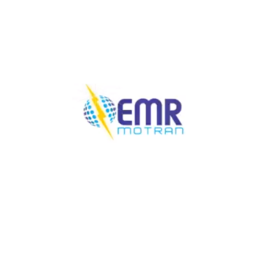Acronyms
| kVA | Kilo Volt Amperes |
| kW | Kilo Watts |
| V | Volts |
| I | Ampere or Current |
| 1Ø | Single Phase (One Phase) |
| 3Ø | Three Phase |
| ATS | Automatic Transfer Switch |
| AVR | Automatic Voltage Regulator |
| Hz | Hertz (Frequency) |
Ampere (Amp):
A unit measure for the flow (current) of electricity. Typical service to a residence is 100 amps; 200 amps is required for homes with electric heat.
Kilovolt (kV): 1000 volts.
Kilo-volt-ampere (kVA):
A measure of electrical load on a circuit or system: single phase = amperes x voltage / 1000 three phase = amperes x voltage x 1.732 / 1000.
Kilowatt (kW): 1000 watts.
A measure of electrical load on a circuit or system – related to kVA: single phase = amperes x voltage x power factor / 1000 three phase = amperes x voltage x power factor x 1.732 / 1000.
Kilowatt Hour (kWH):
The work performed by one kilowatt of electric power in one hour. The unit on which the price of electrical energy is based. A 1000 watt light bulb operating for one hour would use one kWh.
Single Phase Power:
(Typically 230V AC in Africa) is carried between two wires, live and neutral and sometimes a third ground wire for safety. The frequency of AC voltage is 50 or 60 Hz. Single-phase power is used in many applications, for example to power all typical home electrical appliances, you get single-phase power from a normal electrical outlet at home.
Three Phase Power:
Is very common and is a more efficient use of conductors. Voltage is carried through three conductors 120° out of phase with the other two. Three-phase power provides a more efficient means of supplying large electrical loads like motors, and is used more in industrial areas.

